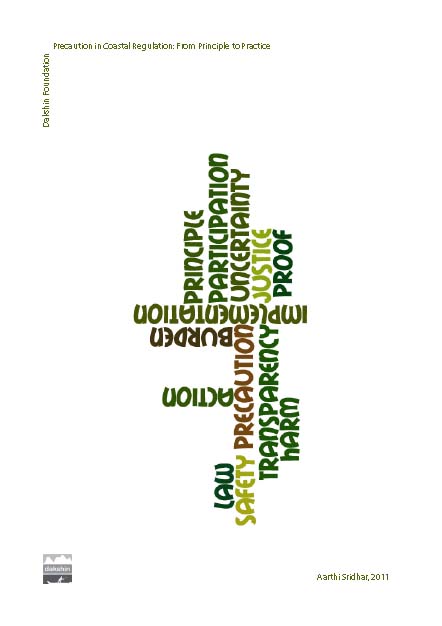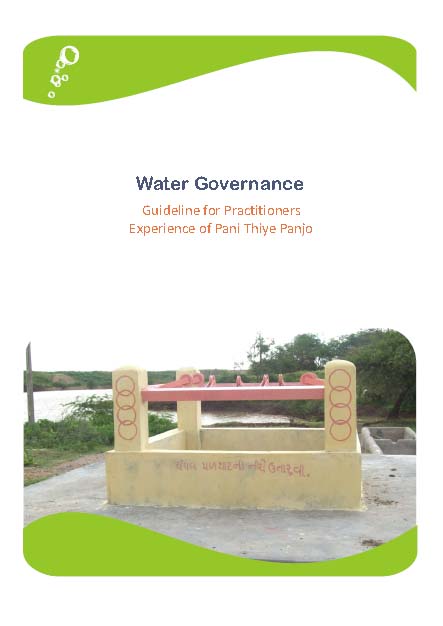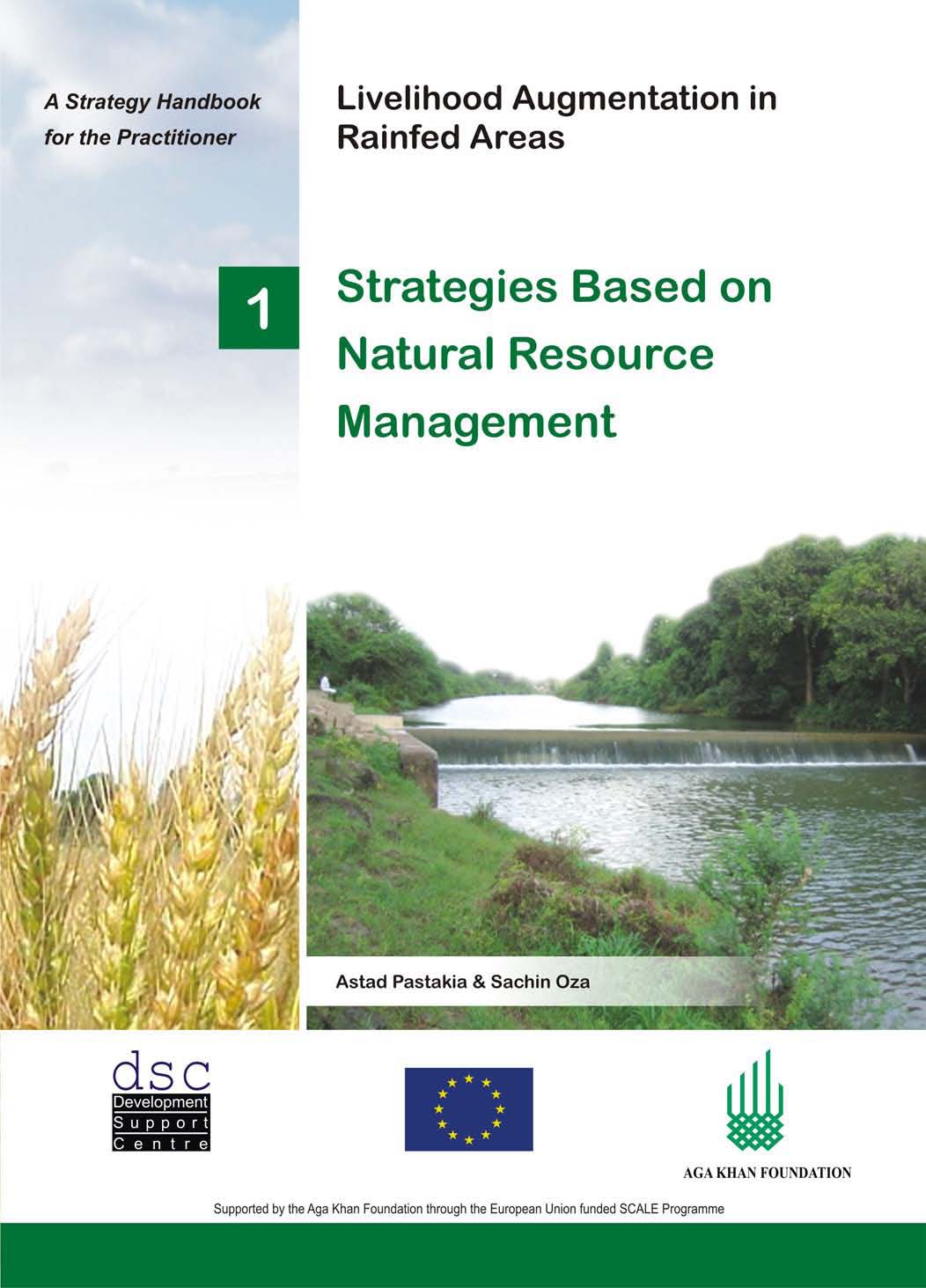/topics/voluntary-citizen-or-civil-society-sector
Voluntary Citizen or Civil Society Sector
Amity School invites applications for MBA - Rural management
Posted on 23 Jun, 2011 11:40 AMAmity School of Rural Management, one of the leading institutions of Amity University, Uttar Pradesh distinguishes itself as a management institute with a mandate of developing rural management professionals. The school is committed to create rural entrepreneurs and rural managers for a strong conceptual and analytical framework on rural development issues.
Threat of toxic residue leaks in Orissa, India in 2011 - Urgent action requested by Amnesty International
Posted on 23 Jun, 2011 11:32 AMOver 4,000 families in India face serious risk from threats of leaks from Vedanta's red mud pond as the rainy season begins in June. Levels within the pond have already risen, amidst reports of two leaks in the last two months, threatening the communities' safety, health and livelihoods.
On 5 April and 16 May 2011, following heavy rain, local communities in Orissa state reported leakages from the 28-hectare red mud pond, owned and operated by Vedanta Aluminium, through its walls, polluting local streams and creating anxiety among the communities at the downstream villages of Lanjigarh, Bundel and Basantpada.
Survey of recent sanitation achievement in Himachal Pradesh - A study by Institute of Development Studies
Posted on 23 Jun, 2011 10:35 AMThis report of a study commissioned by the Institute of Development Studies on the Community Led Total Sanitation (CLTS) site presents the findings of the survey that was conducted in Himachal Pradesh to assess the progress made by the state in rural sanitation, in the context of the sanitation revolution, which is said to have occurred in the state of Himachal Pradesh in the last few years.
Himachal Pradesh has a population of about 6.9 million and is over 90% rural. It has a relatively good record on human development indicators and access to public services. However, it showed a dismal awareness on the sanitation front till a few years ago.For example, in 2004, household toilet coverage in rural areas of Himachal Pradesh was estimated at about 28%. In early 2005, the Government of Himachal Pradesh adopted a new strategy to secure better rural sanitation results, which included:
A citizen initiative to save Puttenahalli Lake in JP Nagar, Bangalore
Posted on 22 Jun, 2011 11:50 AMResidents of L&T South City and Brigade Millenium in JP Nagar, Bangalore formed a citizen initiative to save the neighbouring Puttenahalli Lake from becoming a dumping ground for construction debris and waste. A team from India Water Portal visited the lake in June 2011 to see the progress and challenges faced by such citizen initiatives.
Forget Prometheus and remember Bhagiratha: Wrong and right thinking about rivers ' - Shri Ramaswamy Iyer s lecture at School of Environmental Sciences, Jawaharlal Nehru University (June 2011)
Posted on 22 Jun, 2011 09:55 AM“Current economic philosophy exalts consumption and growth. If we are hypnotised by visions of 8% or 10% growth, we are bound to ‘demand’ more and more and still more water; and either government engineers or private companies and their engineers will come up with supply-side answers in the form of large projects which will cause even greater distress to the rivers”.
Tehri Dam across Ganga
Source: haridwar.nic.in/ gangaji.htm
I am very grateful to Prof. Sudha Bhattacharya for having invited me to this Seminar. I was not sure whether what I have to say would fit in well with the theme of this Seminar, but she persuaded me to say yes, and so here I am.
Precaution in coastal regulation - From principle to practice – A report by Dakshin Foundation
Posted on 21 Jun, 2011 11:45 AM The decision to act or not act, and further how to act in the face of unknowns or uncertainties is the subject matter of the precautionary principle (PP). It is against this historical backdrop of unknowns in environmental governance that the present study on the precautionary principle was conducted.
The decision to act or not act, and further how to act in the face of unknowns or uncertainties is the subject matter of the precautionary principle (PP). It is against this historical backdrop of unknowns in environmental governance that the present study on the precautionary principle was conducted.
The present framework for environmental governance provides a number of areas where precaution can and must be applied. In addition to these areas, the present report is the outcome of a descriptive study that shows the extent to which key elements of the precautionary principle are embedded in the specific case of two environmental laws related to coasts. The study examines key areas of the clearance continuum (law-making, clearance and monitoring) through a single broad question: To what extent is the approach of precaution embedded in decision-making under the CRZ Notification 1991 and the Water Act, 1974?
Sridhar attempted to examine this question on a continuum that examines a) the text of the law, b) the conditions under which projects are cleared or rejected and c) issues related to the monitoring of these conditions. The Asia and Pacific Workshop Report of the Precautionary Principle Project declared that there are both explicit and implicit uses of the precautionary principle. It states that there are some instances where the PP’s application is explicit and unambiguous whereas in other decisions the PP is implicit. They also raise an important point that to actually determine whether a decision was indeed precautionary or not (where it is not explicit) requires an examination of the context and motivations for decisions and management interventions.
Water governance guidelines for practitioners - Sahjeevan's experiences in decentralised drinking water management
Posted on 20 Jun, 2011 08:50 PM This report is based on the experience of women’s collectives promoted by Sahjeevan and of several member organizations of Abhiyan on local water governance, in particular on the demonstrated models of decentralized drinking water that they have taken up in several villages.
This report is based on the experience of women’s collectives promoted by Sahjeevan and of several member organizations of Abhiyan on local water governance, in particular on the demonstrated models of decentralized drinking water that they have taken up in several villages.
Water has been the central theme for development in Kutch. In the last two decades, a scaling up process of decentralized drinking water, popularly known as Pani Thiye Panjo, has been initiated in around hundred villages of Abdasa taluka in Kutch district of Gujarat focusing on development of local drinking water sources, their strengthening and building capacities of communities for maintenance and management of the systems to develop drinking water security at the village level.
The concept of Pani Thiye Panjo, has been well accepted as Abdasa model, which besides providing drinking water security, initiated policy dialogues at the local level on issues such as protection of groundwater, pricing mechanism of water (local vis-à-vis external sources), role of Panchayati Raj Institutions in water governance, role of local youth in developing their technical capacities and development of social capital in management of drinking water systems.
Livelihood augmentation in rainfed areas – A strategy handbook for practitioners by Development Support Centre
Posted on 19 Jun, 2011 10:33 AM It is a compilation of ongoing, successful strategies piloted and upscaled by a range of development agencies in different parts of the country. The handbook is presented in four volumes under a common framework and focus on initiatives related to: participatory natural resource management; rural entrepreneurship development; use of information communication technology and institution development.
It is a compilation of ongoing, successful strategies piloted and upscaled by a range of development agencies in different parts of the country. The handbook is presented in four volumes under a common framework and focus on initiatives related to: participatory natural resource management; rural entrepreneurship development; use of information communication technology and institution development.
About 400 million rural poor reside in about 200 poorest districts of the country that constitute rainfed areas. Scientific research has revealed a vast untapped potential in rainfed agriculture where crop yields are lower than their potential by two to five fold. A large number of innovative projects and ideas have been tried to address this issue, although documentation has been uneven and fragmented. Drawing upon such experiences, the handbook points towards new vistas and untapped opportunities in meeting the challenge of enhancing food security with limited water resources and improving the carrying capacities of rainfed areas to match the rapidly increasing populations in these regions and elsewhere.
"Battles over land" - Land as commodity and land for livelihoods - Special issue from Infochange
Posted on 18 Jun, 2011 12:48 AMWhat are the laws governing acquisition? What is the social impact of a development-at-all-costs policy? Can those who owned and lived off the land have a stake in its development?
GDN's 2011 Global development awards and medals competition – Apply by 31st January, 2012
Posted on 17 Jun, 2011 04:44 PMThe Global Development Network (GDN) is a leading International Organization of developing and transition country researchers, policy and research institutes promoting the generation, sharing, and application to policy of multidisciplinary knowledge for the purpose of development. Founded in 1999, GDN is now headquartered in New Delhi, with offices in Cairo and Washington.





